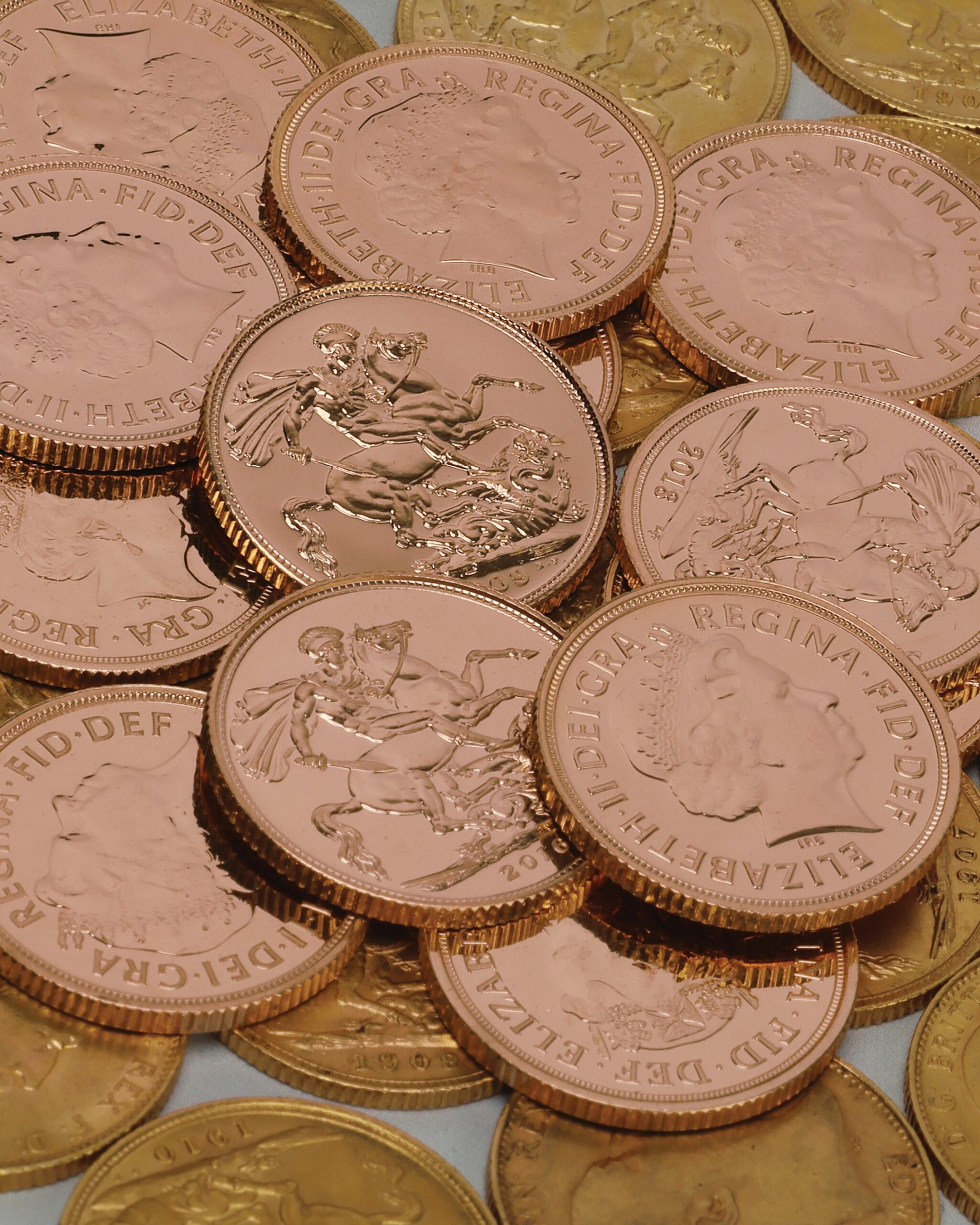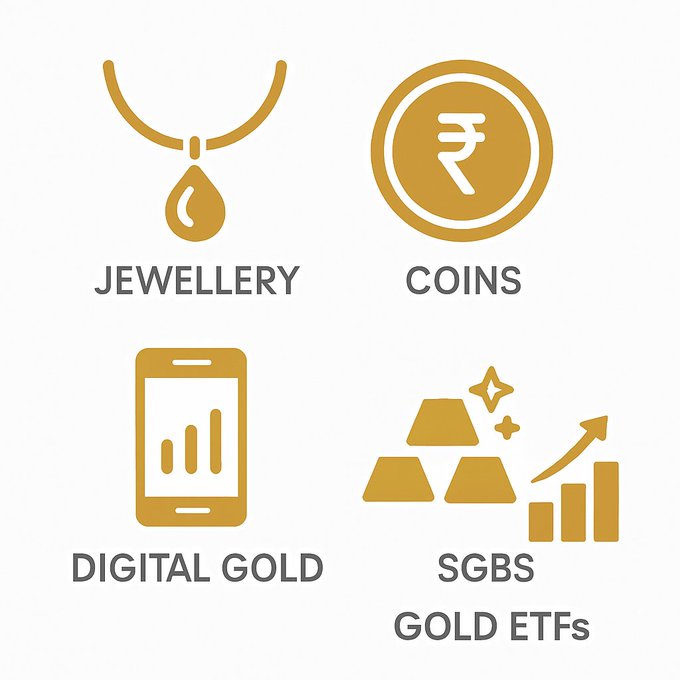
Table of Contents
Why emphasizing the investment case for gold

Investors naturally question gold’s merit as an investment, particularly given its inert nature and lack of yield. Despite this, gold’s enduring global value and rich history solidify its position as a timeless asset class, consistently attracting investment across generations and cultures. Demand stems from diverse motivations, and while innovations have expanded access from physical bullion to digital and paper forms, all avenues retain significant appeal. For Indian investors especially, gold is deeply interwoven with financial planning for major life goals. Crucially, however, some invest for misguided reasons; the compelling case for gold lies in its specific investment implications. Primarily, it acts as a powerful hedge against inflation and currency depreciation, often increasing in value when fiat currencies weaken. It serves as a critical portfolio diversifier, typically exhibiting low correlation to traditional assets like stocks and bonds, thereby reducing overall volatility and risk, particularly during market stress when it often demonstrates safe-haven characteristics. Gold also offers tangible security and global liquidity, easily convertible to cash virtually anywhere. For long-term wealth preservation, it maintains purchasing power across decades and centuries. Furthermore, its scarcity underpins intrinsic value, while demand from both jewelry and investment sectors provides fundamental support. Including a strategic allocation (typically 5-15%) provides essential insurance against systemic risks and enhances portfolio resilience, making gold not just a cultural staple but a prudent component of a well-constructed, diversified investment strategy focused on long-term stability and wealth protection.
gold’s historical role as “money“

While gold is not used as everyday currency today, its fundamental role as “money” throughout history grants it a unique superiority over any fiat currency. This distinction arises primarily from its unparalleled function as a long-term store of value, a crucial promise of money itself. Gold’s legacy as a preserver of wealth spans at least 3,000 years, vastly exceeding the lifespan of even the longest-standing fiat currencies like the British Pound Sterling, which is approximately 1,200 years old. The empirical evidence starkly demonstrates gold’s effectiveness in this role: over time, all major government currencies have experienced significant erosion in purchasing power when measured against gold. Since 1900, physical gold has proven to be the most reliable long-term store of value available. Although there have been periods where specific currencies appreciated more than gold in the short term, the long-term trend is unequivocal – gold consistently maintains and grows purchasing power where currencies falter. This enduring resilience is precisely why gold has been, and continues to be, a cornerstone asset held within the investment portfolios of the wealthy and prudent investors seeking genuine wealth preservation across generations. Its historical acceptance as money underpins its inherent trustworthiness and universal value recognition, solidifying its position not just as a commodity, but as the ultimate form of monetary insurance against the inevitable decline of paper currencies.
gold’s immunity to counterparty risk and bankruptcy
A paramount advantage of physical gold ownership is its absolute immunity to bankruptcy, stemming directly from its unique status as a tangible asset devoid of counterparty risk. Unlike stocks, bonds, or even bank deposits, holding physical gold requires no paper contract to guarantee its value, nor does it rely on any middleman, institution, or third party to fulfill an obligation. This fundamental characteristic arises because gold is the only significant financial asset that is not simultaneously another entity’s liability. While shares represent a claim on a company (which can fail), bonds are IOUs from governments or corporations (which can default), and currency relies on the solvency and credibility of its issuing authority, gold stands alone as an intrinsic store of value whose worth is inherent in the metal itself. This absence of counterparty dependence makes gold uniquely resilient; when financial bubbles burst, crises erupt, or institutional trust collapses, gold remains the “last man standing,” retaining its essential value even as paper promises falter. Consequently, gold cannot go bankrupt itself, nor has its fundamental value ever fallen to zero throughout its entire 3,000+ year monetary history. While its market price fluctuates, physical gold will always possess inherent, globally recognized value, ensuring it remains a crucial tool for wealth preservation and a source of liquidity – you can virtually always sell it for currency when needed. This unparalleled security and independence from systemic failures make physical gold an indispensable component of a robust portfolio, offering unparalleled protection during times of severe economic or institutional stress.
focusing on gold’s role as an inflation hedge
Gold’s enduring reputation as a premier hedge against inflation remains a fundamental driver for investment, particularly effective over the long term. This function stems from its intrinsic ability to preserve purchasing power as fiat currencies depreciate. Historically, virtually all major currencies have significantly lost value relative to gold, demonstrating its resilience against the erosive effects of rising prices. Recent performance underscores this: gold prices have doubled over the past five years and quadrupled over the last decade, significantly outpacing inflation rates during these periods. When inflation surges, diminishing the real value of currency and savings, gold tends to appreciate. This dynamic is especially crucial in contexts like India, where traditional savings instruments often fail to deliver returns exceeding inflation. Gold consistently “fares well” in such environments, reliably providing protection precisely when the inflation rate climbs above the interest rates offered on savings or fixed-income investments. Crucially, examining long-term returns confirms gold’s effectiveness; its annualized return over extended periods, such as ten years, has consistently surpassed the prevailing inflation rate. This performance gap translates into a positive real rate of return for gold investors – meaning the increase in gold’s value hasn’t merely kept pace with rising costs but has actively grown an investor’s purchasing power after accounting for inflation. Consequently, beyond its nominal price gains, gold fulfills its core promise as a preserver of wealth by effectively combating the silent thief of inflation, making it an indispensable component for safeguarding long-term financial security and maintaining the real value of assets.
Gold is a Tangible Asset”
Gold’s tangible nature is a fundamental source of its enduring appeal, offering investors a unique sense of psychological security and physical control unmatched by most financial assets. Unlike stocks, bonds, or digital currencies, gold is a real, physical object you can hold – a quality that inherently fosters a perception of safety and permanence. This tangibility makes acquiring gold significantly more accessible than purchasing other major tangible assets like real estate, which involve complex transactions, legal hurdles, and substantial management burdens. Furthermore, gold’s physical form provides inherent immunity to the pervasive digital threats facing modern finance; it cannot be hacked, erased, or compromised by cyberattacks or system failures that jeopardize digitally stored wealth. While paper gold products (ETFs, futures) carry counterparty risk, owning physical bullion directly eliminates this exposure entirely. However, this tangible advantage necessitates mindful consideration of its associated risks: physical gold requires secure storage (incurring potential costs for safes or vaults), carries insurance expenses, poses liquidity challenges if selling large quantities quickly, and is vulnerable to theft if not properly safeguarded. Despite these practical considerations, the profound sense of security, ease of acquisition relative to assets like property, and freedom from digital vulnerabilities solidify gold’s unique role as a foundational, physically anchored component of a resilient portfolio.
gold’s exceptional liquidity
Gold stands out as an investment due to its unparalleled liquidity, offering unmatched ease of conversion into cash or goods virtually anywhere in the world. Its physical nature allows for easy transportation, meaning wealth can literally be carried with you. Unlike many assets tied to complex systems, selling gold is remarkably straightforward and swift. A vast, global network of buyers exists – including local jewelry stores, coin shops, pawnbrokers, private individuals, and online dealers – all readily recognizing its value and willing to transact. This universality ensures you can almost always find a buyer quickly. Crucially, the settlement process for physical gold is frequently instantaneous; you can walk out with cash or trade it directly for goods on the spot, eliminating the delays inherent in selling stocks or bonds, which typically require 3 business days for cash settlement after the sale. This immediacy provides significant practical and psychological advantages. Furthermore, gold’s liquidity starkly contrasts with other tangible assets like fine art or collectibles, which suffer from a much smaller pool of potential buyers, often require lengthy sales processes, and incur substantial commissions. Gold transactions generally avoid these complexities and high costs. While transporting large quantities across borders requires awareness of regulations, gold’s global recognition and the availability of conveniently transportable forms (like coins or small bars) solidify its role as universally accepted, liquid wealth. This combination of instant convertibility, minimal transaction friction, global acceptance, and physical portability makes gold uniquely accessible and dependable capital you can rely on accessing swiftly whenever the need arises.
